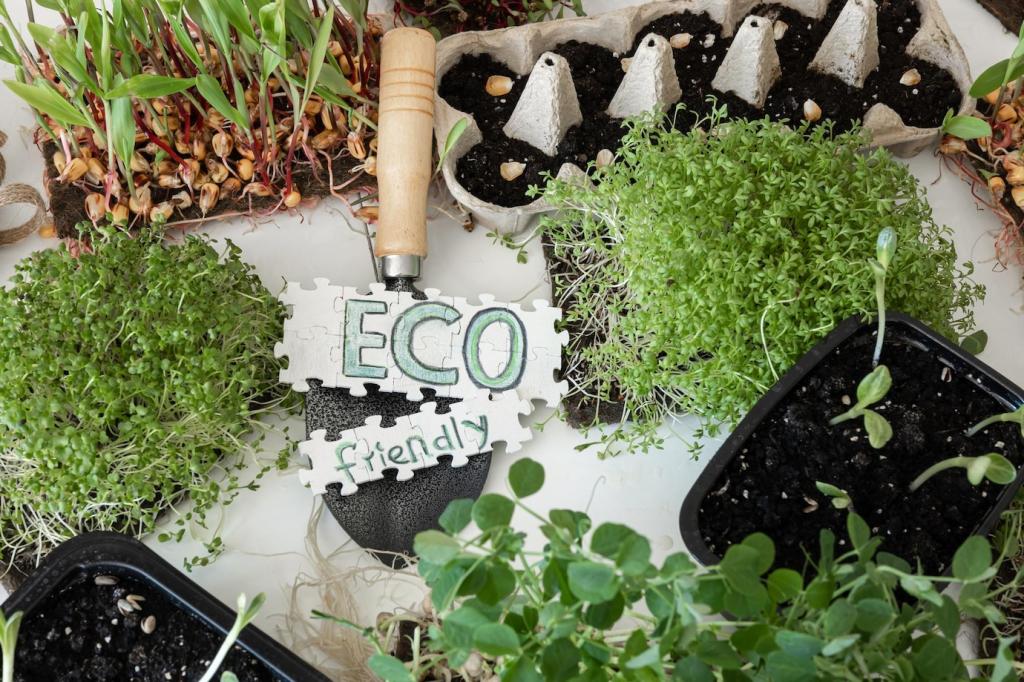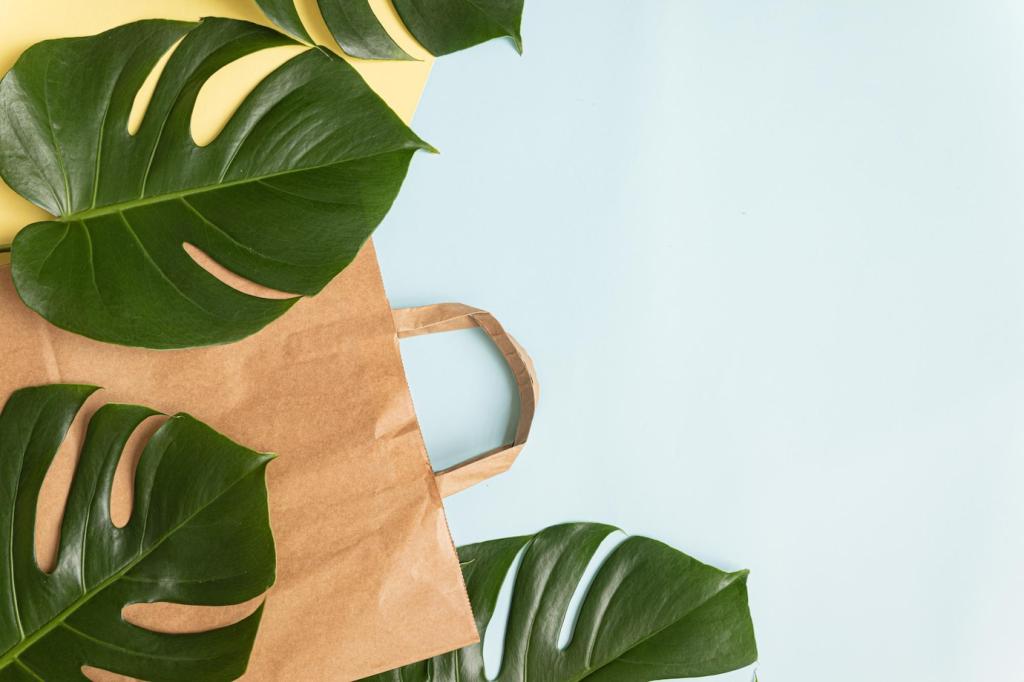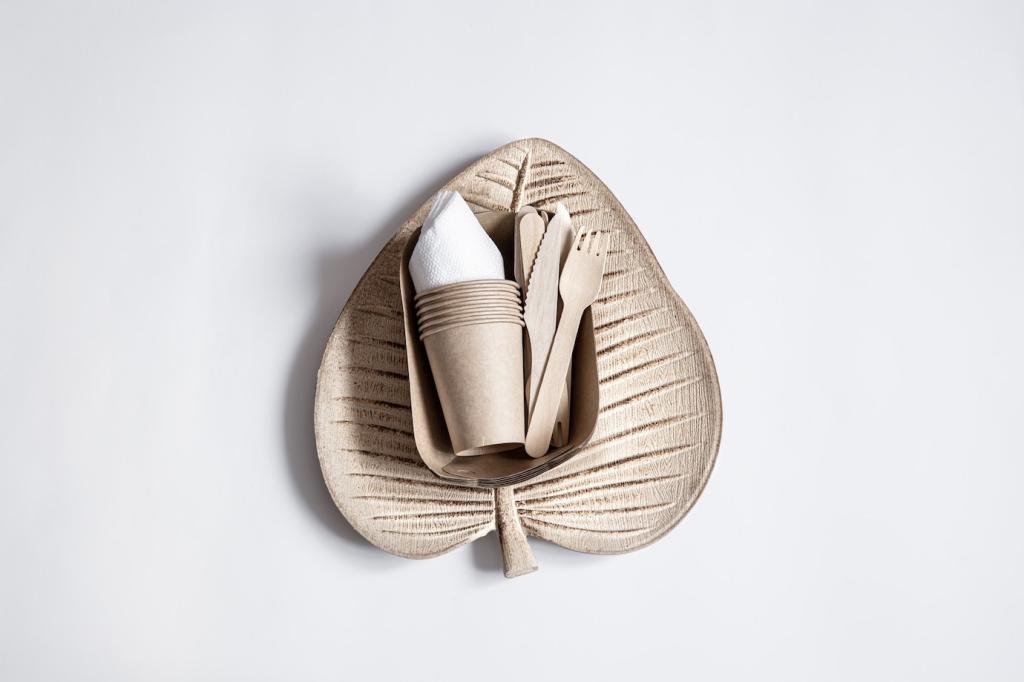
Biodegradable Bags: Pros and Cons — A Clear, Honest Guide
Chosen theme: Biodegradable Bags: Pros and Cons. Explore real benefits and drawbacks with science, stories, and practical steps you can use today. Share your questions in the comments and subscribe for future deep dives that respect your time and intelligence.
What Makes a Bag Biodegradable?
01
Biodegradable simply means materials can break down by microbes over time, but conditions vary widely. Compostable bags are designed to disintegrate and biodegrade under specific composting conditions, leaving no toxic residues under verified testing protocols.
02
These certifications require disintegration, biodegradation, and ecotoxicity checks in industrial composting environments. Look for logos from accredited bodies, batch numbers, and clear end-of-life guidance, not vague biodegradable claims without proof or context about required facilities and timelines.
03
Most biodegradable bags use blends of plant starch with PBAT, or biopolymers like PLA or PHA. Each behaves differently in composting and storage, affecting shelf life, strength, temperature tolerance, and whether the bag truly composts at home or only industrially.

Pros You Can Feel Good About
When made from renewable feedstocks or blended polymers, these bags can displace virgin fossil plastics. That shift can reduce upstream extraction impacts and signal demand for better materials, especially when bags replace single-use liners rather than durable, reusable carriers.
Pros You Can Feel Good About
If collected with food scraps and composted industrially, bags can help divert organics from landfills, cutting methane emissions. The resulting compost supports soil health, moisture retention, and carbon sequestration, linking waste reduction with regenerative practices communities actually feel and measure.
The Hidden Cons You Should Consider
Biodegradable formulations can tear when wet, soften with heat, and have shorter shelf lives. That might be fine for bin liners, but not for repeated grocery trips. Misuse leads to waste, undermining good intentions and inflating costs for families and small businesses.
The Hidden Cons You Should Consider
Many communities lack industrial composters or do not accept compostable bags. In landfills, low oxygen slows breakdown dramatically. Without clear local guidance, well-meaning shoppers may contaminate recycling, or send specialty materials to places where their benefits cannot appear.


Real-World Stories from Shops and Cities
A neighborhood bakery swapped petroleum liners for certified compostable bags, paired with a countertop food-scrap bin. Waste audits showed cleaner organics and happier customers, but summer heat required new storage habits and a weekly reorder to prevent premature bag softening.


This is the heading
Lorem ipsum dolor sit amet, consectetur adipiscing elit. Ut elit tellus, luctus nec ullamcorper mattis, pulvinar dapibus leo.

This is the heading
Lorem ipsum dolor sit amet, consectetur adipiscing elit. Ut elit tellus, luctus nec ullamcorper mattis, pulvinar dapibus leo.
Science Corner: How Biodegradable Bags Break Down
Industrial composters maintain heat, airflow, and moisture, enabling enzymes and microbes to cleave polymer chains efficiently. Without those conditions, degradation slows dramatically. That gap explains why certified performance may not translate to parks, gutters, or home compost piles.
Buying Smart: Certifications, Fit, and Honest Claims
Look for clear certifications and end-of-life instructions
Choose bags with recognized certifications, transparent manufacturer information, and explicit disposal directions. Bonus points for QR codes linking to municipal programs. Avoid products that hide key details in fine print or omit the facilities required for success.
Beware vague promises and green tints
Color and buzzwords do not guarantee performance. Watch for slippery language like environmentally friendly without standards, or made with plants without context. Ask retailers for documentation, shelf-life guidance, and test results that reflect your climate and intended use.
Match the bag to the job
Select thin liners for food scraps, sturdier compostable sacks for moist loads, and keep conventional, reusable totes for shopping. Purposeful pairing reduces failure rates, controls costs, and makes the whole pros-and-cons equation work consistently in your favor.
Join the Conversation and Help Others Decide
Tell us your biodegradable bag experience
Have you tried different brands, thicknesses, or bin sizes? Comment with wins and fails, including weather, storage, and disposal details. Real stories help readers weigh pros and cons beyond marketing claims, glossy photos, and oversimplified social posts.
Subscribe for practical, science-first tips
We publish no-nonsense guides on tricky eco choices, from composting liners to refill routines. Subscribe to receive concise checklists, pilot results, and transparent corrections when new evidence appears. Help keep the conversation honest, respectful, and grounded.
Start local: join a composting group
Look for a neighborhood composting club or municipal forum. Share this guide, compare accepted bag lists, and pool questions for waste managers. Collective effort turns individual pros and cons into community wins visible in cleaner bins and better compost.
